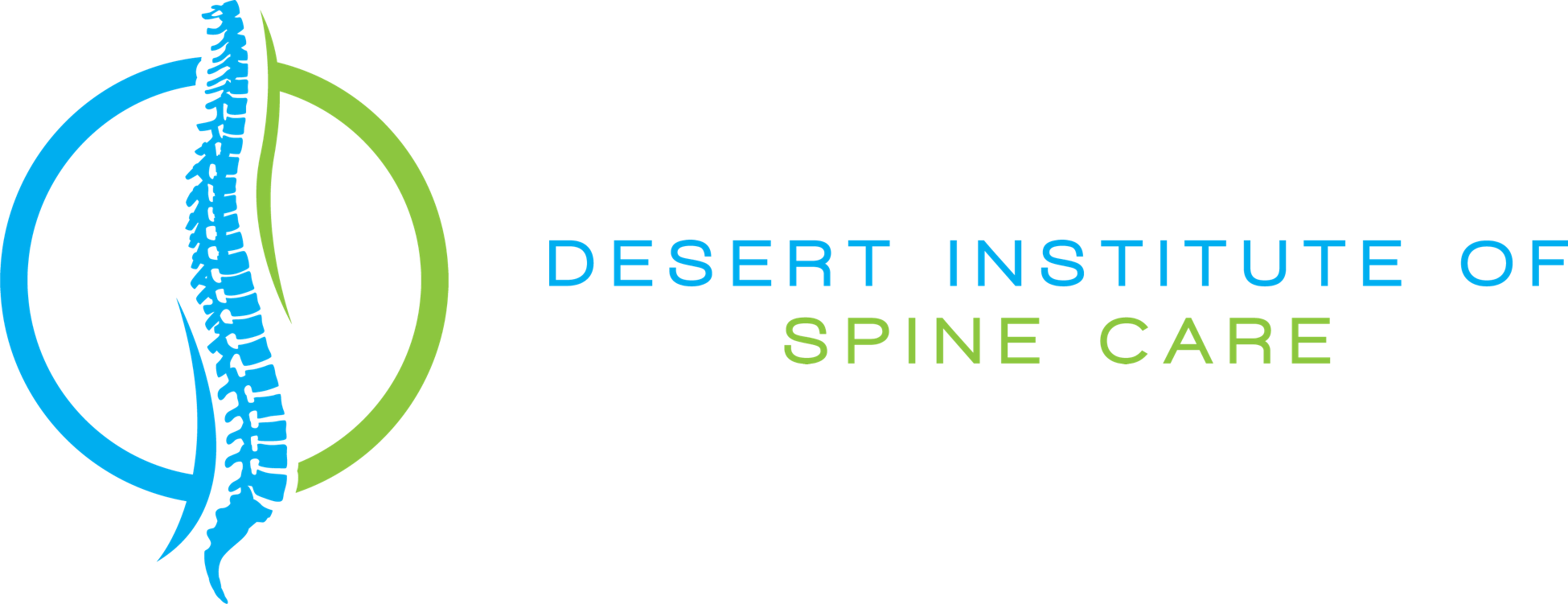- Anterior Cervical Discectomy
Minimally invasive spine surgery is an evolving part of the field of spine surgery, which is EXCITING to me as a surgeon who wants the best for his patients!
Being able to operate successfully on patients with fewer risks, less hospital time and less rehabilitation is an awesome part of my profession. When it comes to spine surgery, outcomes are not always perfect or as expected. However, minimally invasive techniques can offer improved outcomes.
One of the main reasons that I decided to pursue a career in spine surgery was that I foresaw so much promise in the research and emerging technologies that were being developed. Just as hip and knee replacement surgeries were revolutionized by total hip and knee replacements, the study of spinal conditions and surgery has grown immensely through recent developments in minimally invasive surgery.
I have found that most patients think of minimally invasive surgery as being “just smaller scars.” While this technology offers smaller scars, there is SO MUCH MORE to gain from the procedures.
Amongst the advantages are:
Less tissue dissection – not only are the scars smaller, but also the actual tissue dissection (destruction) that is required for surgery is minimized. Many times, the back and neck muscles do not even need to be cut (like they have to be in traditional open procedures). This obviously leads to preservation of muscle and strength, and also reduces the amount of scar tissue below the skin (the skin scar is just the tip of the iceberg with most of the surgical scar residing between the skin and the spine itself).
Less bleeding – the importance cannot be understated. I have never had to give blood to a patient after minimally invasive surgery. Traditional open surgery often leads to blood loss and requires transfusions.
Less time to complete the operation – reducing the time that a patient is under anesthesia reduces the risk of anesthetic complications. Less operative time means less risk of infection too. Shorter operative times also allow some of the procedures to be performed in surgery centers, where patients can return home about two to four hours after the procedure. This is because the recovery from anesthesia is shorter after shorter procedures.
Less risk profile – the traditional open abdominal (belly) approach to the disc involves risks to the major arteries and veins of the body (potentially fatal), urinary system (kidneys, ureters, bladder), intestines (high infection risk and potentially fatal) and other organs contained in the abdomen. Minimally invasive techniques can reduces any and all of these risks significantly.
Dr. Andrew Cash is a member of the Society for Minimally Invasive Spine Surgery
Dr. Andrew Cash teaches the OLIF procedure internationally
Contact Dr. Cash and see if there is a minimally invasive way to perform your surgery!



